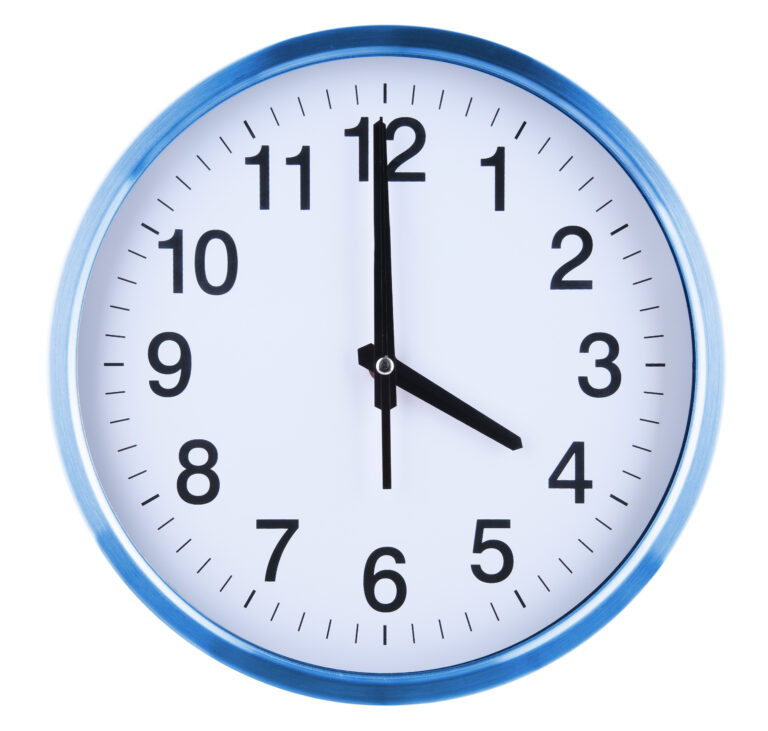### Why Your Love of Handwritten Letters Strengthens Motor Memory
In today’s digital age, where typing on screens is the norm, there’s something special about receiving a handwritten letter. Not only does it bring a personal touch, but it also has a profound impact on our brains. Here’s why your love of handwritten letters strengthens motor memory.
#### The Power of Handwriting
Handwriting is more than just writing; it’s a multi-sensory experience. When you write by hand, you engage multiple parts of your brain. The tactile feel of the pen or pencil, the visual feedback from the paper, and the effort required to form each letter all contribute to skill development. This complex process strengthens motor skills and creates “motor memory” of letter shapes, sizes, and orientations[2].
#### How Handwriting Works
When you write, you use small hand muscles for intricate movements and large muscles for stabilization. Your eyes also play a crucial role, guiding the writing process. These actions help you remember letters better because they are deeply ingrained in your brain. This is why children who learn to write by hand tend to have better letter recognition and spelling skills[2].
#### The Benefits of Handwritten Letters
1. **Improved Memory**: Handwriting activates multiple areas of the brain, strengthening neural connections that improve memory and understanding. Studies have shown that students who take handwritten notes retain information better than those who type[4].
2. **Enhanced Focus**: Writing by hand slows down the pace of learning, allowing you to focus fully on the task at hand. This reduces distractions and promotes concentration[4].
3. **Better Organization**: Handwritten notes can be personalized with margins, sketches, arrows, or color coding, making them more organized and easier to review. This physical organization helps you keep track of past material more effectively than digital files[4].
4. **Increased Creativity**: The tactile experience of writing can stimulate creativity, especially when brainstorming or sketching. Doodling and drawing alongside written notes can enhance understanding and spark new ideas[4].
5. **Confidence and Dexterity**: Like any skill, handwriting improves with practice. Mastery of handwriting builds confidence and enhances fine motor dexterity. Over time, you develop a unique writing style that reflects your personality[2].
### Why Handwritten Letters Matter
In an era dominated by screens, handwriting may seem outdated, but it plays a vital role in cognitive development. Research shows that handwriting activates the brain’s “reading circuit” more effectively than typing or tracing. This circuit engages brain regions responsible for visual recognition, motor control, and cognitive integration—essential for literacy and learning[3].
Moreover, handwriting fosters neural plasticity, creating new brain connections. Unlike typing and tracing, which provide minimal cognitive engagement, handwriting demands active letter construction, engaging multiple sensory pathways: visual (seeing), tactile (feeling), and motor (movement)[3].
### Conclusion
Your love of handwritten letters is more than just a nostalgic preference; it’s a cognitive advantage. By engaging multiple parts of your brain, handwriting strengthens motor memory, improves focus, and enhances creativity. In a world where digital tools are increasingly prevalent, the personal touch and cognitive benefits of handwritten letters make them a valuable part of our lives.
So, the next time you receive a handwritten letter, remember the effort and thoughtfulness that went into writing it. It’s not just a piece of paper; it’s a tangible connection to the person who wrote it, and it’s strengthening your motor memory with every stroke of the pen.





